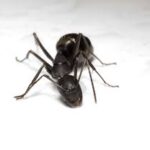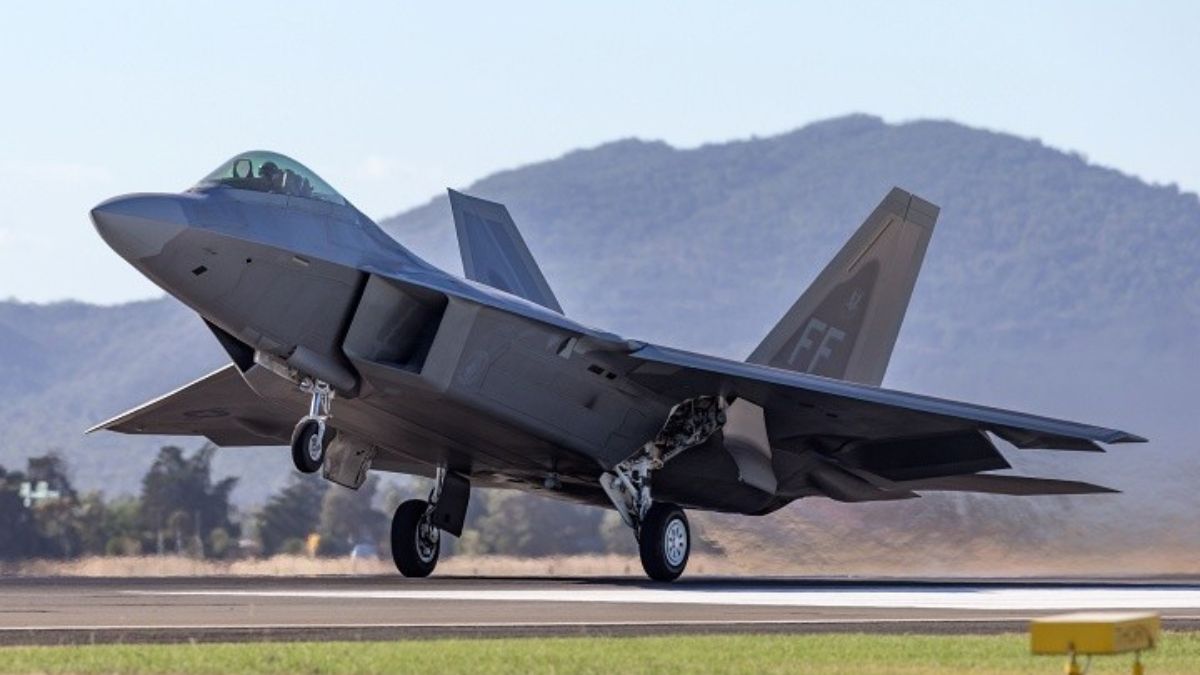Vought Aircraft Industries, often just referred to as “Vought,” is one of the most historic names in American aerospace engineering. Founded over a century ago, the company has had a significant influence on military aviation, producing groundbreaking aircraft and technologies that have shaped modern aviation. Among the many models and series associated with Vought is the term “18001Vought,” which captures a lineage of innovation and the impactful legacy of Vought in the world of aviation.
Origins of Vought Aircraft
The story of Vought begins with Chance M. Vought, a visionary American aviation engineer who founded the Lewis and Vought Corporation in 1917. Over time, the company became known as Vought Corporation, establishing itself as a key player in aviation design and manufacturing. Vought produced some of the most iconic aircraft for the U.S. Navy and Marine Corps, and its contributions have remained highly regarded within the military aviation industry.
The Historical Significance of 18001Vought
The “18001Vought” reference is often used to represent the long-standing heritage of Vought Aircraft Industries. The number, while not directly tied to a specific aircraft, symbolizes the company’s commitment to quality, technological advancement, and strategic design choices that have marked its history. Vought is best known for its contributions to the U.S. military, and the products developed under the Vought name are renowned for durability, high performance, and reliability in critical missions.
Key Aircraft Models in Vought’s Legacy
Vought has been the manufacturer behind some of the most innovative aircraft in military history. Some notable models include:
- Vought F4U Corsair
The F4U Corsair is perhaps one of the most recognizable aircraft from World War II, known for its distinct gull-wing shape and incredible speed. It served as a reliable fighter-bomber and gained a reputation for its agility and combat performance, especially in the Pacific theater. - Vought F7U Cutlass
The F7U Cutlass was an early jet-powered carrier-based aircraft that demonstrated Vought’s forward-thinking approach to design. Although it had some operational issues, the Cutlass paved the way for more advanced naval fighters in the future. - Vought A-7 Corsair II
The A-7 Corsair II, developed during the Vietnam War, was another success for Vought, filling the need for an effective ground-attack aircraft. It became known for its precision and capability to carry a heavy payload, which made it a favorite among the U.S. Air Force and Navy. - Vought XF8U-1 Crusader
The F-8 Crusader was a supersonic jet that made history with its speed and performance. Its variable-incidence wing design set it apart, allowing it to operate from aircraft carriers more efficiently and become a powerful asset in air-to-air combat.
Technological Innovations by Vought
Vought’s contributions extended beyond the aircraft themselves; the company was often a pioneer in developing new aviation technologies. For example, Vought’s innovations in aerodynamic design, such as the gull-wing and variable-incidence wing, set new standards for carrier-based aircraft. They were also instrumental in advancing jet engine integration for naval applications, which had unique challenges due to the high-stress environment of aircraft carriers.
The Vought Spirit and the 18001 Legacy
“18001Vought” serves as a symbolic tribute to the thousands of employees, engineers, and designers who have contributed to the Vought legacy. Vought’s history is more than just a series of technological achievements; it reflects the collaborative spirit and dedication of its workforce, many of whom spent decades working on projects that would shape aviation history. The company’s emphasis on quality and innovation has left a lasting impact, and it serves as a benchmark for other aerospace organizations.
The Enduring Influence of Vought
In the 1990s, Vought was acquired by Northrop Grumman, and later, its operations were integrated into Triumph Group. Although the original Vought Corporation no longer exists as a standalone entity, its legacy continues through the ongoing production and maintenance of military and civilian aircraft components. Many of Vought’s design principles, especially in naval aviation, continue to influence aircraft engineering and manufacturing today.
Conclusion
The legacy of 18001Vought is a testament to a company that helped define modern aviation. From pioneering aerodynamic designs to producing some of the most iconic aircraft in military history, Vought has made an indelible mark on the aerospace industry. Its influence can still be felt in the military and civilian sectors, inspiring the next generation of engineers and aviators to push the boundaries of what’s possible in the skies.











